Head of the Vam Co Cai Luong Art Troupe, People's Artist Ho Ngoc Trinh, hopes that artists will practice seriously to portray the depth of historical figures.
"The Imperial Capital and the Waves" is set during the Dinh Dynasty, starting in 968, after Dinh Tien Hoang put down the rebellion of the 12 warlords and unified the country, and ending in 980 when Dinh Tien Hoang's son, Dinh Phe De, abdicated the throne to Le Hoan.
“The Imperial Capital and the Waves” recreates a turbulent period in the nation’s history. The opera is an epic about patriotism, sacrifice and intelligence of those who shouldered the fate of the country during the transitional period.
The center of the opera is the image of Queen Mother Duong Van Nga. With a modern psychological perspective, the work not only reconstructs history but also depicts her inner depth and humane choices in a turbulent context, thereby highlighting the great contributions of the Queen Mother to the Dinh Dynasty.

People's Artist Giang Manh Ha emphasizes the difference of cai luong plays
According to the Head of the Vam Co Cai Luong Art Troupe, People's Artist Ho Ngoc Trinh, "De Do Song Ca" is the first play to be performed after the unit officially changed its name to the Vam Co Cai Luong Art Troupe. The name change not only marks a change in organization but also demonstrates the desire to renew artistic thinking, to be more deeply attached to the cultural identity of the Vam Co River and the land of Tay Ninh, rich in historical traditions.
The choice of a major theme, recreating the Dinh Dynasty and honoring the image of Queen Mother Duong Van Nga, also shows the troupe's orientation to pursue works of epic stature, both imbued with national identity and rich in ideological value and humanistic depth.
The Cai Luong play was written by Dr., People's Artist Trieu Trung Kien and playwright Hoang Song Viet; directed by People's Artist Giang Manh Ha; Head of the Vam Co Cai Luong Art Troupe, People's Artist Ho Ngoc Trinh, served as Artistic Director.
Meritorious Artist Ngoc Doi plays the role of Queen Co Quoc Duong Van Nga
People's Artist Giang Manh Ha shared: “Historical Cai Luong is a challenging genre, because the characters and events are all real in history, requiring the script to be tight, honest but still rich in artistry; at the same time, the artist must have depth of expression to convey the character's spirit. "De Do Song Ca" is a remarkable effort when it boldly exploits the image of Empress Duong Van Nga from a new perspective - scientific, psychological and humanistic - creating a new and profound approach to a familiar topic."
Director, People's Artist Giang Manh Ha added that "The Imperial Capital and the Waves" not only requires a thorough understanding of the historical context and characters, but also places high demands on artists in conveying important messages to today's audience.
After more than a thousand years, the story of Empress Dowager Duong Van Nga, a woman standing in the midst of political storms, carrying the fate of the nation on her shoulders – still retains its hot topicality. Her choice was not only a political act, but also a testament to her vision, altruism and timeless wisdom.
Artists exchange scripts
A special feature of the play is the use of dance as a layer of “psychological drama”, replacing the characters’ voices at climax moments. This is a creative effort in staging, contributing to enriching the approach to official history on the modern cai luong stage.
“The Imperial Capital Song Ca” brings together talented cai luong artists such as Meritorious Artist Ngoc Doi, Artist Vo Hoang Du, Meritorious Artist Vuong Tuan, etc., along with the participation of many promising young artists from the Vam Co Cai Luong Art Troupe./.
Bich Ngan - Bao Phuc
Source: https://baolongan.vn/doan-nghe-thuat-cai-luong-vam-co-khai-truong-vo-dien-de-do-song-ca-a199555.html


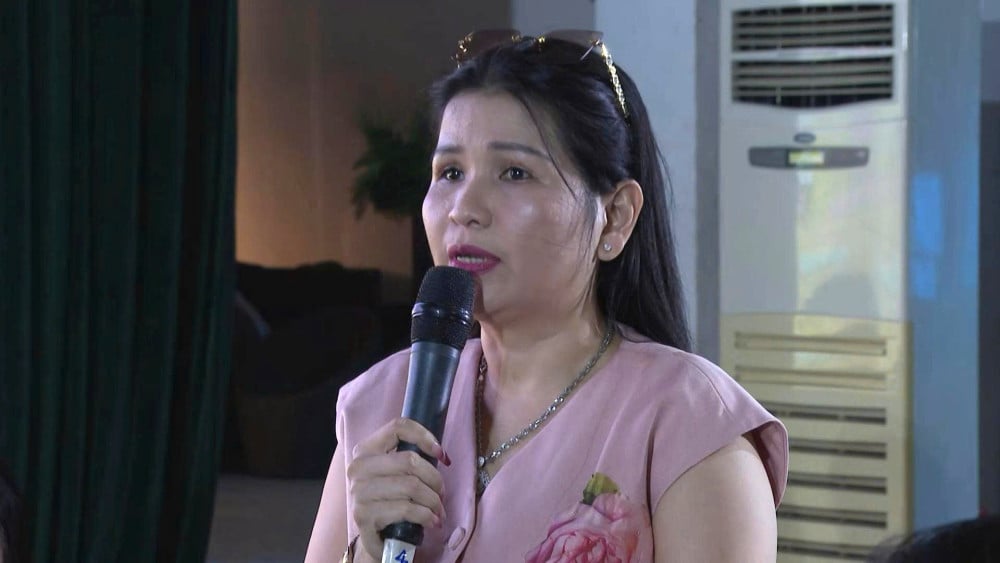
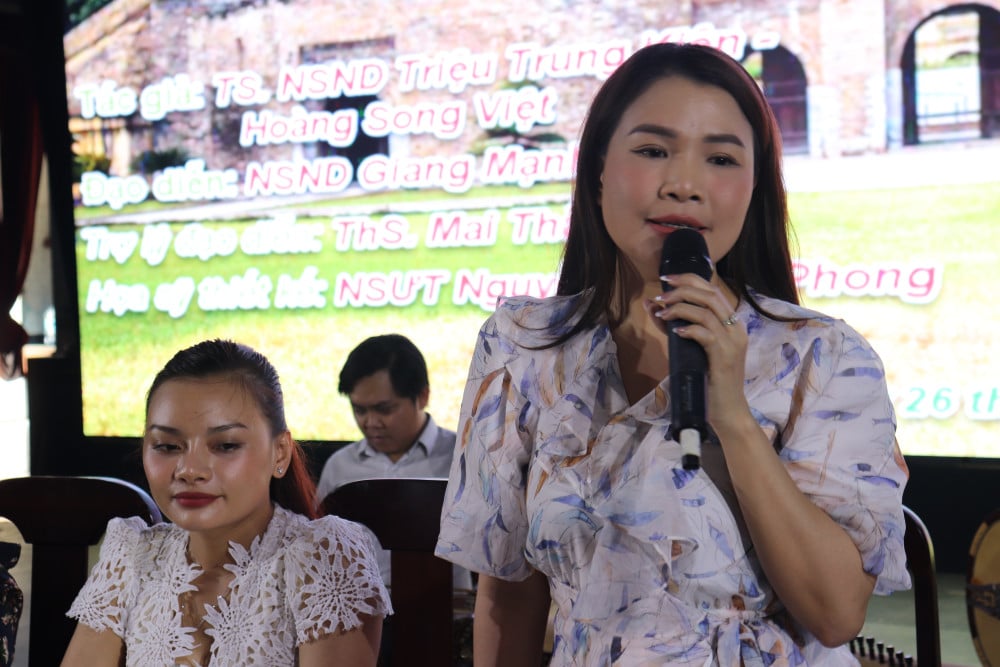
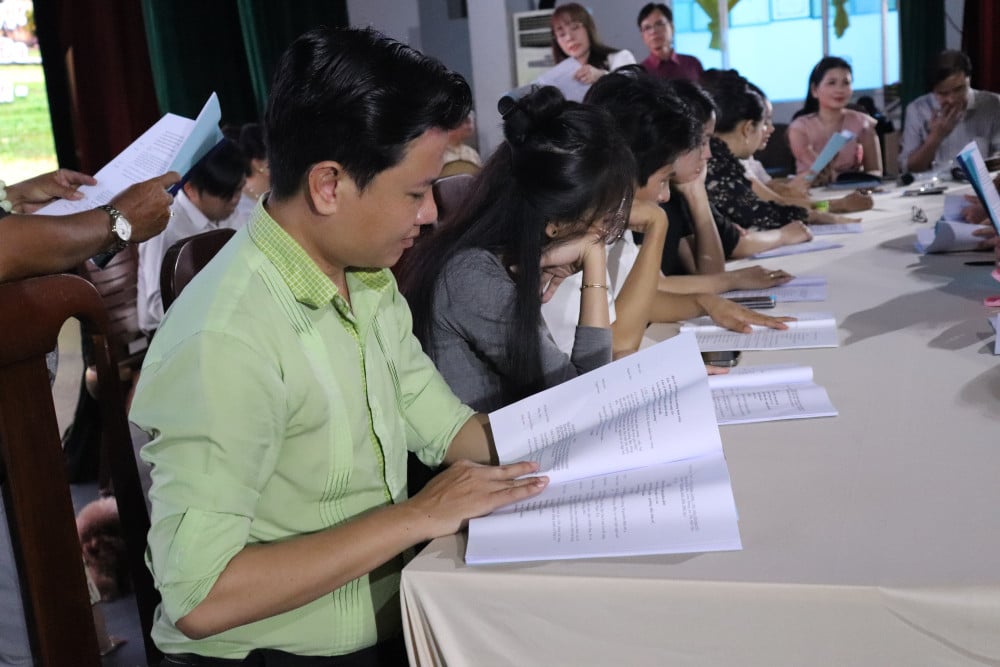
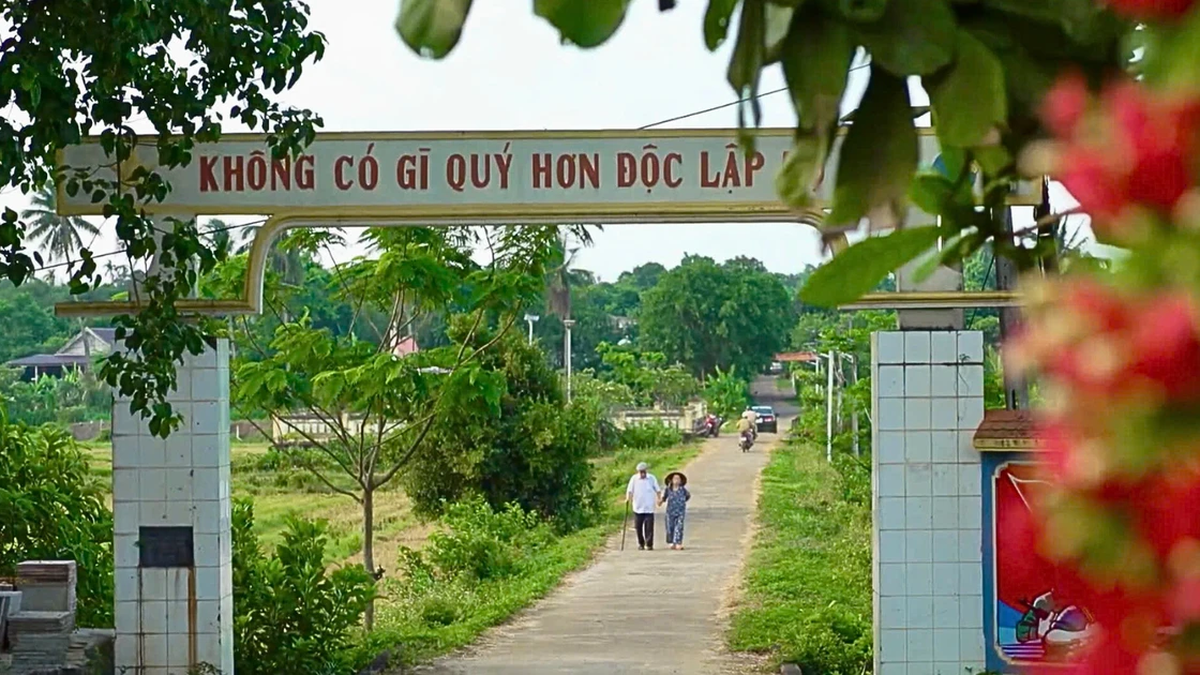








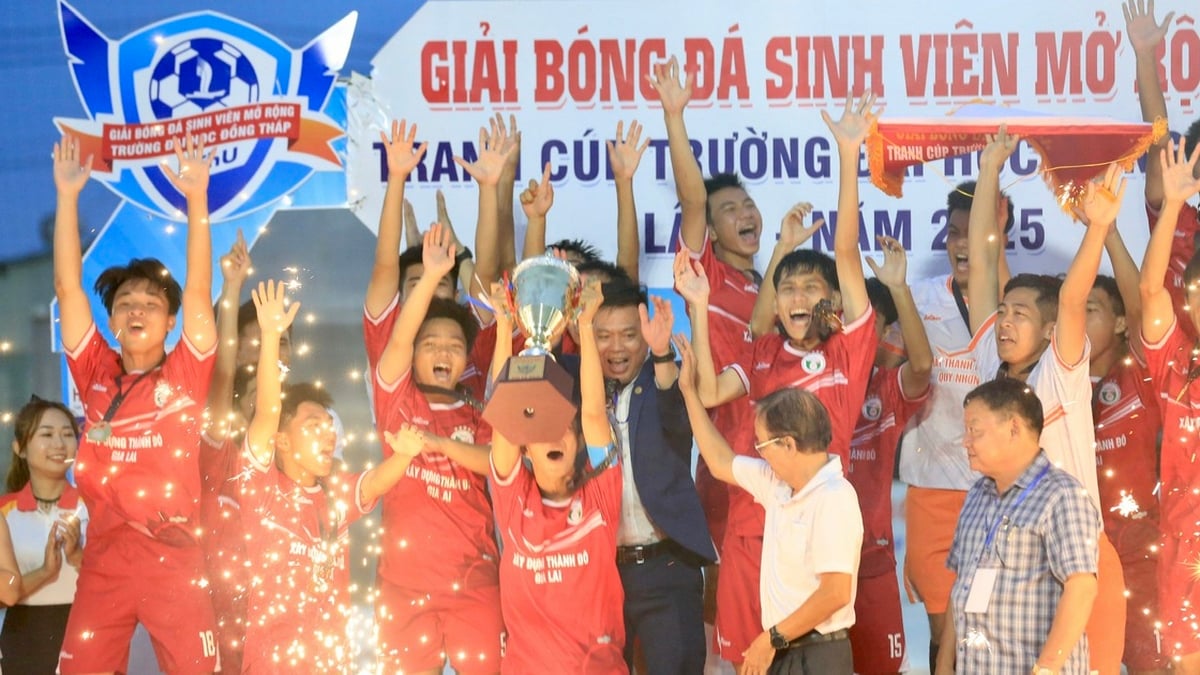























































































Comment (0)